Hybrid Vehicle Collision Repair: Specialized Techniques for Safety & Quality
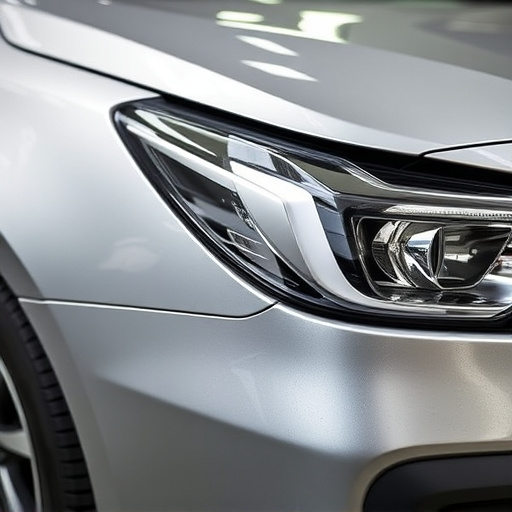
Hybrid vehicle collision repair demands specialized tools and skills due to intricate electrical sys…….
In the rapidly evolving automotive sector, hybrid vehicle collision repair has emerged as a critical aspect of ensuring safety, sustainability, and efficient vehicle restoration. As hybrid and electric vehicles (HEVs) gain popularity worldwide, the demand for specialized knowledge and advanced repair techniques to address collisions and damage is on the rise. This article aims to provide an in-depth exploration of hybrid vehicle collision repair, covering its intricacies, global impact, economic implications, technological innovations, regulatory landscape, challenges, successful applications, and future prospects. By delving into these aspects, readers will gain a comprehensive understanding of this specialized field and its role in shaping the future of automotive restoration.
Definition: Hybrid vehicle collision repair refers to the process of repairing and restoring hybrid vehicles, particularly electric-gasoline or fully electric, after a collision or accident. It involves specialized knowledge and techniques to address unique challenges posed by these advanced powertrains.
Core Components:
Electric Powertrain Repair: This includes handling high-voltage (HV) systems, battery packs, motor repair/replacement, and inverter modules, which are critical components in hybrid vehicles. Proper training is essential to ensure safety during the repair process.
Structural Integrity Assessment: Given the complex design of hybrid vehicles, assessing structural damage and ensuring the vehicle’s overall integrity is crucial before initiating repairs. Advanced diagnostic tools aid in this process.
Battery Management Systems (BMS): Hybrid vehicles rely on sophisticated BMS to monitor and control battery performance. Repair technicians must be adept at diagnosing and fixing issues related to these systems without causing further damage.
Advanced Safety Features: Many modern hybrid vehicles are equipped with advanced driver-assistance systems (ADAS) and autonomous driving capabilities. Repairs should consider the calibration and re-initialization of these features to maintain optimal safety standards.
Historical Context:
The concept of hybrid vehicles gained traction in the late 20th century as a response to growing environmental concerns and fluctuating oil prices. Early hybrids, like the Toyota Prius, introduced the world to parallel hybrid systems, which combined electric motors with internal combustion engines. Over time, technology advancements led to more sophisticated types, including series hybrids and plug-in hybrids, each presenting unique repair considerations.
Significance:
Hybrid vehicle collision repair is vital for several reasons:
Safety: Ensuring that HEVs return to roadworthiness while maintaining or improving their safety features is paramount.
Environmental Sustainability: Proper repair techniques help extend the life of hybrid vehicles, reducing the demand for new vehicle production and associated environmental impacts.
Cost-Effectiveness: Efficient collision repair can lower insurance costs for owners and reduce overall economic losses from accidents involving HEVs.
Specialized Knowledge Economy: The field fosters the development of specialized skills, contributing to a skilled workforce in the automotive industry.
The global hybrid vehicle collision repair market is experiencing significant growth due to several factors:
| Region | Market Size (2022) | Growth Rate (2023-2030) | Key Drivers |
|---|---|---|---|
| North America | $X billion | 7.5% | Increasing HEV adoption, stringent safety regulations |
| Europe | $Y billion | 6.2% | Government incentives for electric mobility, stringent emissions norms |
| Asia-Pacific | $Z billion | 8.9% | Rapid urbanization, growing middle class, supportive government policies |
Source: Global Market Insights Inc.
Regional Differences:
North America: Known for its strict safety standards and early adoption of hybrid technology, the region leads in terms of advanced repair techniques but also faces challenges due to the diversity of vehicle models.
Europe: With aggressive targets for electric vehicle (EV) adoption, Europe has a thriving market for hybrid collision repair, focusing on cost-effective solutions.
Asia-Pacific: Rapidly growing economies and supportive government policies drive the demand for HEVs and subsequently, specialized repair services in this region.
Trends Shaping the Industry:
Increased Electric Vehicle Adoption: The global shift towards electric mobility is expected to propel the hybrid collision repair market, as a significant portion of new vehicles will have electric powertrains.
Advanced Battery Technology: Continued advancements in battery technology will bring more sophisticated repair challenges and opportunities for specialized services.
Digitalization and Data Analytics: The integration of IoT and data analytics can enhance predictive maintenance, remote diagnostics, and efficient collision repair processes.
Sustainable Practices: There is a growing emphasis on eco-friendly repair methods, recycling materials, and reducing the environmental footprint during vehicle restoration.
The hybrid vehicle collision repair market exhibits several key dynamics:
Competition: The presence of both established automotive repair chains and specialized hybrid repair centers creates a competitive landscape.
Price Sensitivity: Customers, especially in regions with stringent regulations, are price-conscious, influencing the pricing strategies of repair providers.
Technology Integration: The adoption of advanced technologies drives market growth but also requires significant investments from repair shops.
Repair facilities invest heavily in:
Training and Certification Programs: Ensuring technicians are up-to-date with the latest hybrid vehicle technologies is crucial for maintaining service quality.
Specialized Equipment: Acquiring advanced diagnostic tools, battery testing equipment, and specialized repair kits is essential for handling complex HEV repairs.
Research and Development: Continuous R&D investments enable repair shops to stay ahead of technological advancements and emerging repair techniques.
Hybrid vehicle collision repair contributes significantly to:
Employment: The industry supports a substantial number of skilled technicians, mechanics, and support staff worldwide.
Local Economies: Repair facilities serve as economic hubs, generating revenue and creating job opportunities in communities where they operate.
Vehicle Resale Value: Efficient collision repair can help maintain or even increase the resale value of hybrid vehicles, benefiting both owners and dealers.
Battery systems are a cornerstone of hybrid vehicle collision repair, and recent advancements include:
Solid-State Batteries: Offering higher energy density, faster charging, and improved safety compared to traditional lithium-ion batteries.
Prismatic Batteries: These modular designs provide more flexibility in packaging, allowing for better integration into hybrid powertrains.
Battery Management Systems (BMS) Upgrades: Enhanced BMS algorithms improve battery life, monitoring, and overall system efficiency.
Technological progress has led to more sophisticated repair methods:
Laser Welding: This precision technique is used for repairing or replacing certain components in hybrid vehicles, ensuring structural integrity.
3D Printing: Customized parts can be fabricated on-demand, reducing lead times and costs associated with traditional manufacturing.
Virtual Reality (VR) Training: Immersive VR training simulations enhance technician learning, especially for complex repairs involving advanced systems.
The future holds immense potential for technological growth in hybrid vehicle collision repair:
Autonomous Repair Robots: Robotic arms equipped with AI can assist in precise and consistent repair tasks, increasing efficiency and reducing human error.
Predictive Maintenance: Utilizing IoT sensors and data analytics to predict when a vehicle or component might fail, enabling proactive maintenance and repair strategies.
Modular Design for Ease of Repair: Future hybrid vehicles may incorporate more modular designs, simplifying repairs and reducing costs.
The regulatory landscape governing hybrid vehicle collision repair varies across regions but generally includes:
Safety Standards: All regions have stringent safety regulations for vehicles, including HEVs, to ensure passenger protection during collisions.
Emission Norms: Many countries have set emission standards that impact the design and repair of hybrid vehicles to meet environmental requirements.
Waste Management: Strict guidelines govern the disposal and recycling of hybrid vehicle components, particularly batteries, to minimize environmental harm.
Product Liability Insurance: In many jurisdictions, manufacturers are required to provide liability coverage for defects, influencing repair processes and standards.
Consumer Protection Laws: These ensure fair practices in collision repair, including transparent pricing and quality assurance.
Incentives for Eco-Friendly Practices: Governments worldwide offer incentives, grants, or tax breaks to promote sustainable vehicle repair methods.
Hybrid vehicle collision repair faces several challenges:
Specialized Training Needs: Technicians must continuously update their skills to keep pace with rapid technological advancements in hybrid vehicles.
Complex Powertrain Integration: The intricate nature of hybrid powertrains requires precise diagnostics and repairs, posing technical challenges.
Limited Original Equipment Manufacturer (OEM) Support: In some cases, limited OEM support for specialized repair procedures can hinder efficient collision repair.
High Repair Costs: Critics argue that hybrid vehicle repairs can be expensive due to advanced technologies. To address this, industry stakeholders should promote transparent pricing and develop cost-effective solutions without compromising safety.
Lack of Standardized Training Programs: Varying training standards across regions may result in inconsistent repair quality. Standardized training curricula and certifications can ensure a uniform level of expertise among technicians.
Environmental Concerns: Battery disposal and recycling are critical issues. Industry players can collaborate with governments to establish efficient recycling infrastructure and promote eco-friendly practices.
Japan has successfully implemented hybrid bus collision repair programs, focusing on cost-effectiveness and environmental sustainability. Local repair facilities collaborated with manufacturers to develop specialized training programs and tools tailored to hybrid bus powertrains. This initiative resulted in reduced repair times, lower costs, and minimal environmental impact, setting a global benchmark for efficient hybrid vehicle restoration.
German repair shops have pioneered advanced battery repair methods, particularly for electric vehicles. They employ state-of-the-art diagnostic equipment and specialized kits to repair or replace faulty batteries, ensuring safe and efficient vehicle restoration. This focus on battery technology has positioned German repair facilities as industry leaders in sustainable practices.
American repair centers have developed expertise in restoring plug-in hybrid vehicles (PHEVs) to their original specifications after accidents. This includes careful assessment of structural damage, reconditioning of electric motors and batteries, and recalibration of advanced safety systems. These case studies demonstrate the industry’s ability to handle diverse hybrid vehicle types effectively.
The future holds promising growth areas for hybrid vehicle collision repair:
Growing Electric Vehicle Market: The increasing popularity of EVs will significantly drive demand for specialized collision repair services, creating new business opportunities.
Autonomous Repair Facilities: Fully automated repair facilities equipped with AI and robotics are on the horizon, potentially revolutionizing the industry’s operational efficiency.
Global Expansion: Emerging markets in Asia and South America present untapped potential for hybrid vehicle collision repair services due to rapid urbanization and increasing HEV adoption.
Digital Twin Technology: Creating digital replicas of vehicles to simulate repairs and test new techniques before actual implementation can enhance precision and safety.
Collaborative Repair Platforms: Online platforms enabling technicians worldwide to share knowledge, best practices, and repair data will foster a more connected industry.
Sustainable Material Use: The development and adoption of eco-friendly materials for vehicle repairs will further reduce the environmental footprint of collision repair processes.
Hybrid vehicle collision repair is a dynamic and critical sector within the automotive industry, shaping the future of safe, sustainable, and efficient vehicle restoration. As hybrid and electric vehicles continue to gain popularity worldwide, the demand for specialized knowledge and advanced repair techniques will only grow. Addressing challenges through innovative solutions, embracing technological advancements, and navigating regulatory landscapes are essential for the industry’s continued success.
The case studies presented illustrate the diverse applications and successful outcomes of hybrid vehicle collision repair, emphasizing its importance in ensuring road safety and environmental stewardship. As we look to the future, the industry stands at a crossroads, poised to embrace emerging trends and technologies that will redefine the boundaries of hybrid vehicle restoration.
Q: Are hybrid vehicle collisions more dangerous than traditional accidents?
A: While hybrid vehicles have advanced safety features, accidents involving them can still result in significant damage and injuries, similar to conventional vehicles. Proper collision repair ensures that these systems function optimally post-restoration.
Q: How do I know if my hybrid vehicle needs specialized repair after an accident?
A: If your hybrid vehicle experiences unusual noises, drivability issues, or the check engine light turns on, it’s advisable to consult a qualified hybrid repair technician who can perform a thorough diagnostic evaluation.
Q: Are there any specific safety considerations when repairing hybrid vehicles?
A: Absolutely! Hybrid vehicle collision repair requires strict adherence to safety protocols due to high-voltage systems and sophisticated safety features. Trained technicians use specialized equipment and follow strict procedures to ensure driver and worker safety.
Q: Can I perform basic hybrid vehicle repairs myself?
A: While some basic maintenance tasks are accessible to DIY enthusiasts, complex hybrid vehicle repairs, especially involving electric powertrains, should be left to certified professionals due to potential safety hazards and specialized knowledge requirements.
Q: What is the expected growth rate for hybrid vehicle collision repair in the next decade?
A: The global market is projected to grow at a significant rate, primarily driven by increasing HEV adoption, stringent environmental regulations, and advancements in battery technology, with varying regional growth rates as outlined in the “Global Impact and Trends” section.

Hybrid vehicle collision repair demands specialized tools and skills due to intricate electrical sys…….
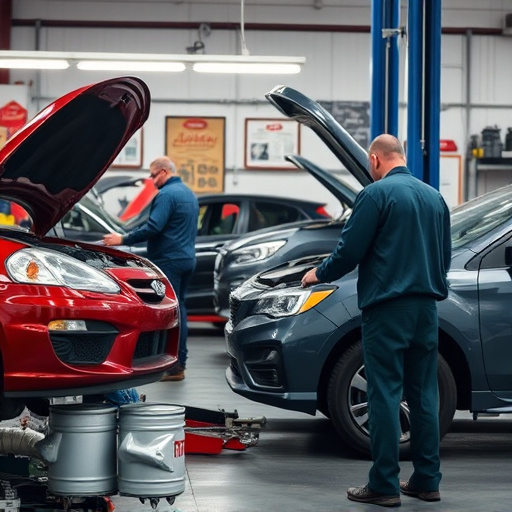
Hybrid vehicle collision repairs require specialized knowledge and tools due to complex power system…….

The growing popularity of hybrid vehicles drives demand for skilled technicians in hybrid vehicle co…….
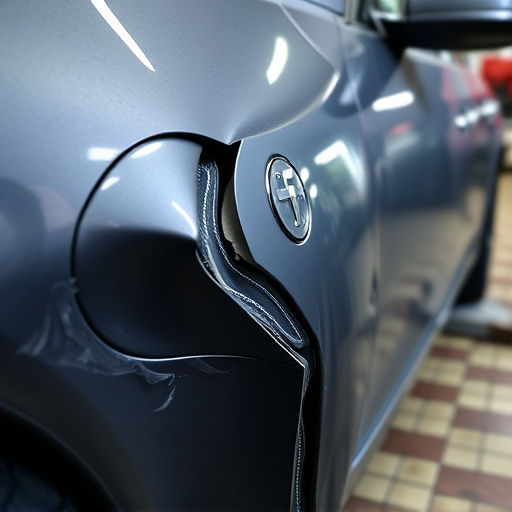
Hybrid vehicle collision repair requires skilled technicians to handle complex systems like high-vol…….
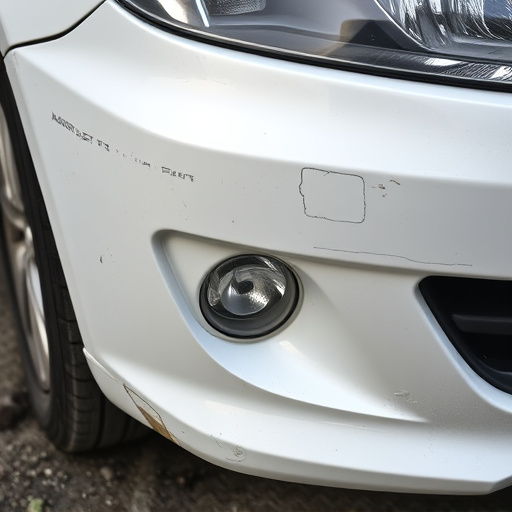
The growing demand for hybrid vehicle collision repair necessitates specialized training for auto te…….
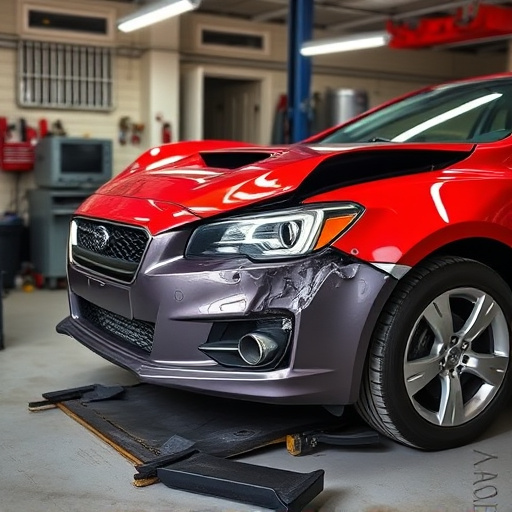
The growing popularity of hybrid vehicles demands skilled technicians for specialized hybrid vehicle…….
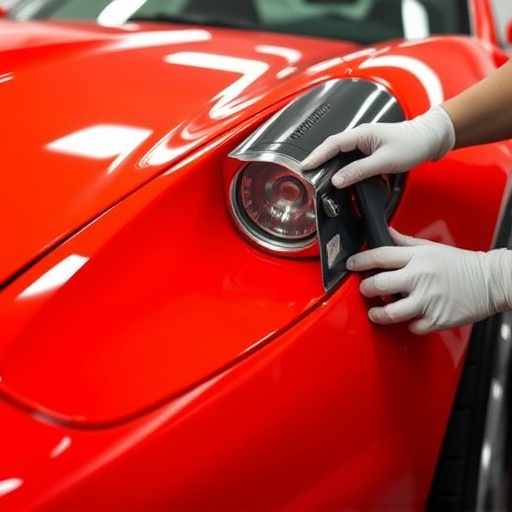
The growing popularity of hybrid vehicles has spurred a significant transformation in the automotive…….
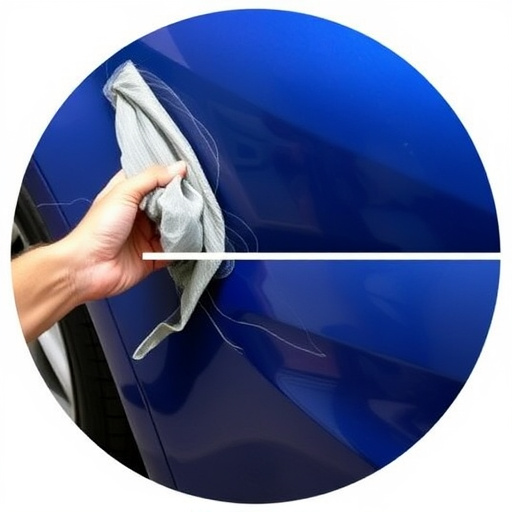
Specialized hybrid vehicle collision repair offers significant environmental and financial benefits…….
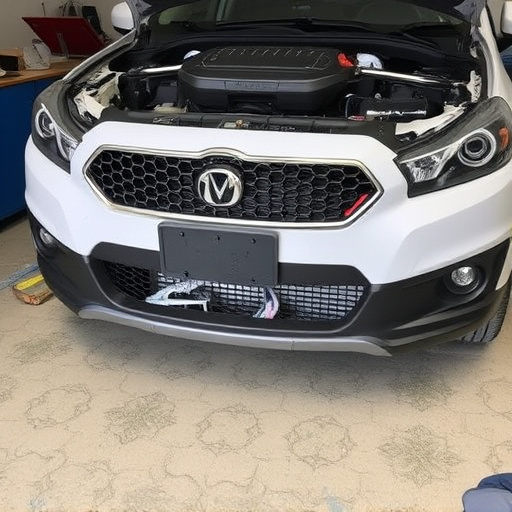
As hybrid vehicle popularity grew, automotive body shops adapted by investing in specialized trainin…….
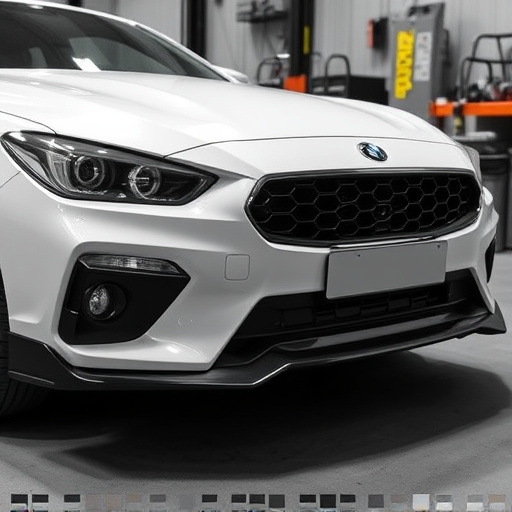
Hybrid vehicle collision repair demands specialized knowledge and equipment due to advanced technolo…….